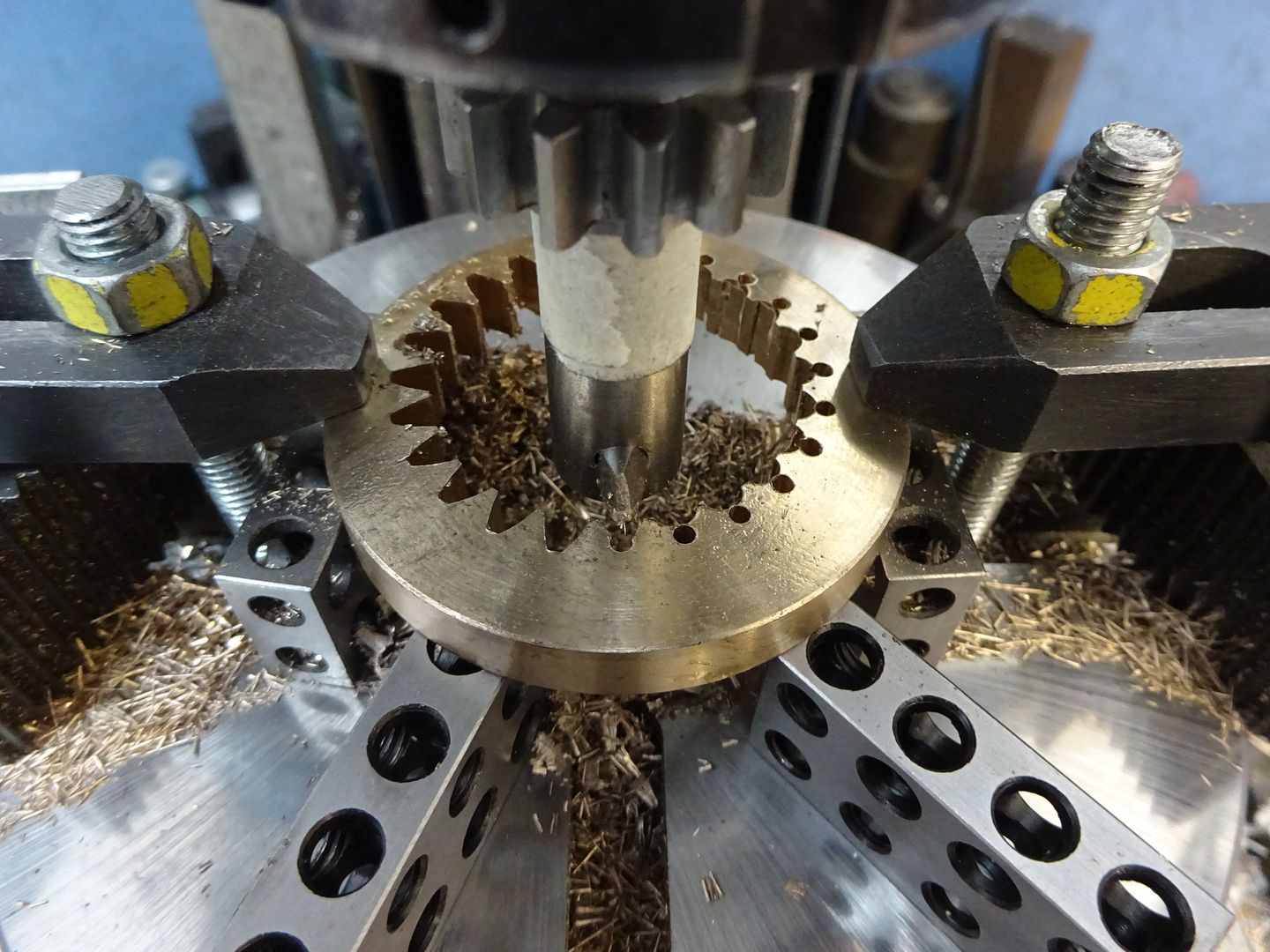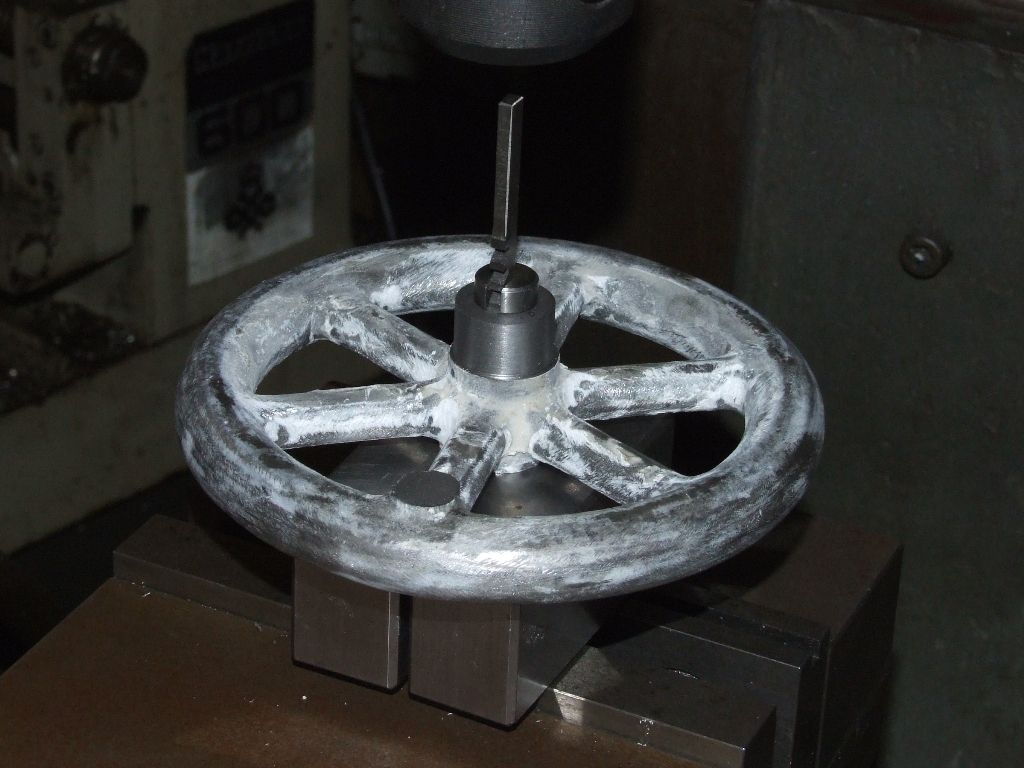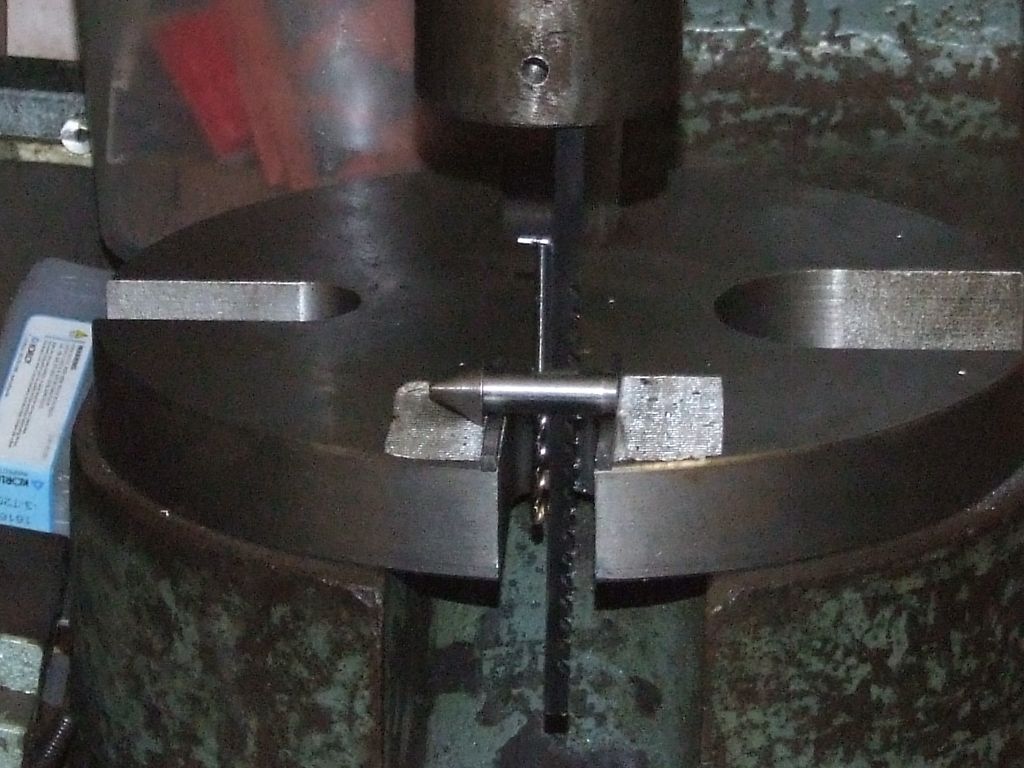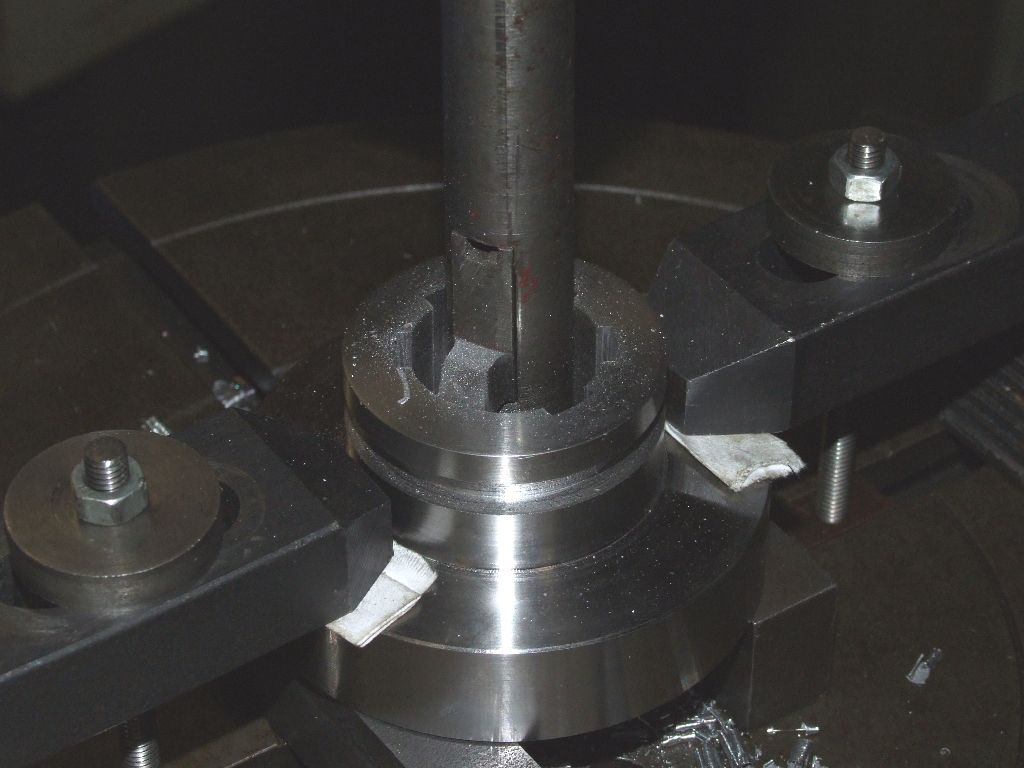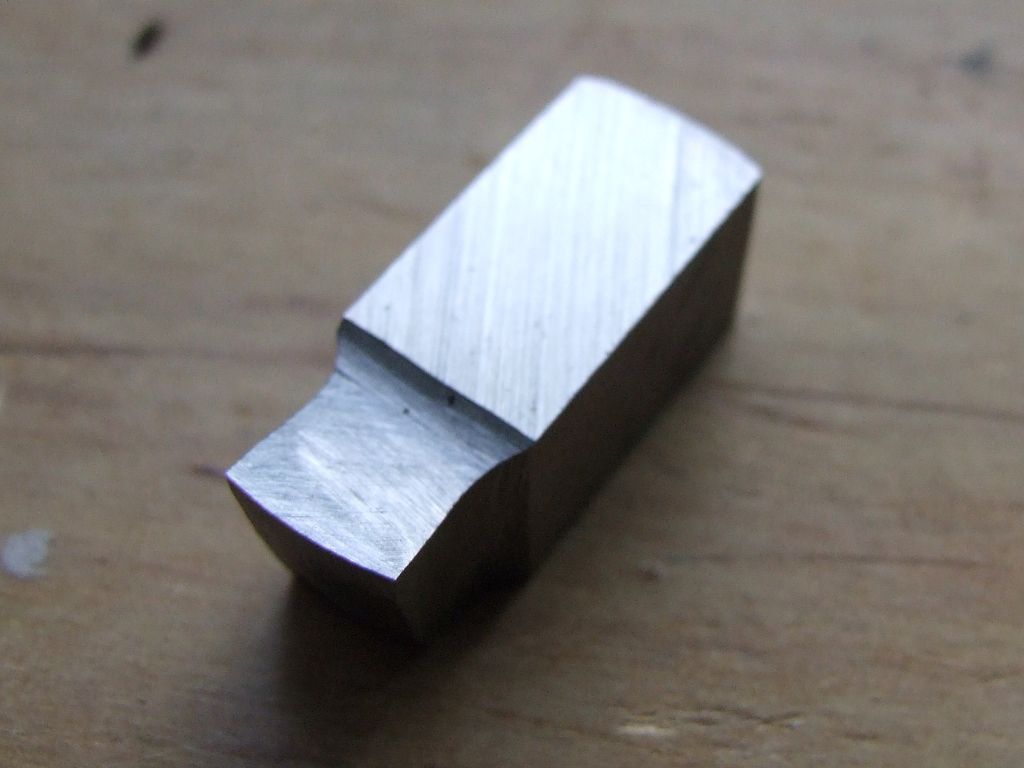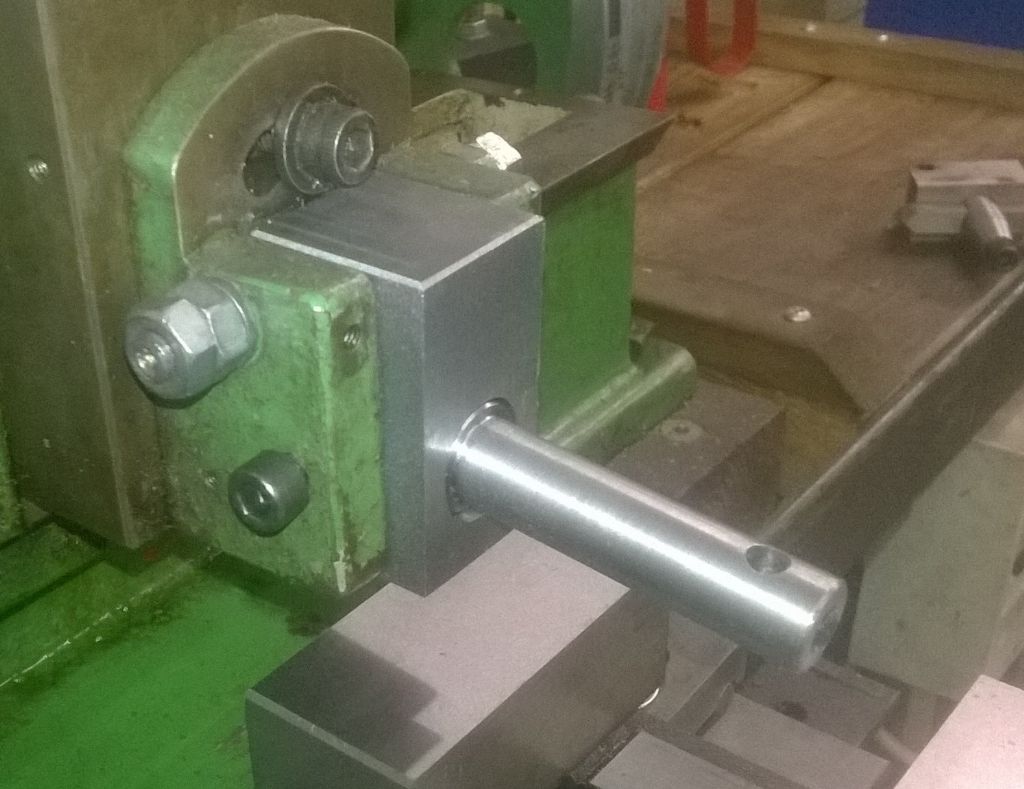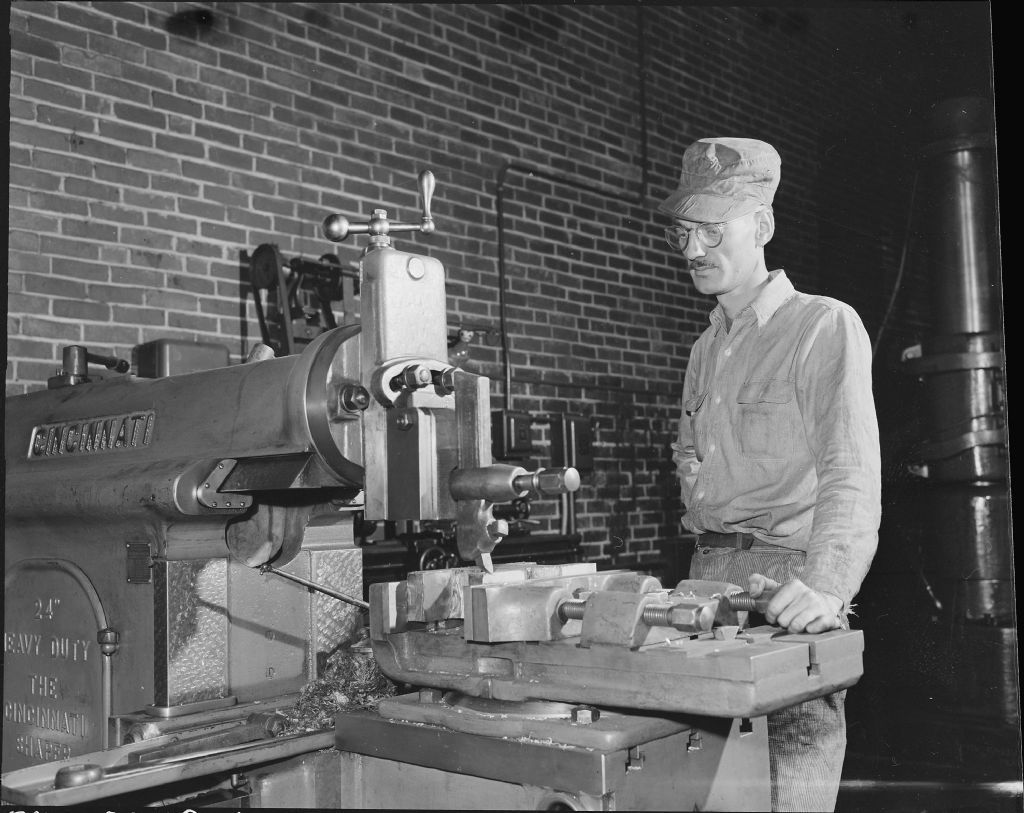Internal Key-way Shaping
Internal Key-way Shaping
- This topic has 62 replies, 20 voices, and was last updated 6 December 2020 at 12:08 by
Hopper.
- Please log in to reply to this topic. Registering is free and easy using the links on the menu at the top of this page.
Latest Replies
Viewing 25 topics - 1 through 25 (of 25 total)
-
- Topic
- Voices
- Last Post
Viewing 25 topics - 1 through 25 (of 25 total)
Latest Issue
Newsletter Sign-up
Latest Replies
- Starting up again if I can find a plan
- Recommended storage for heavy lathe tooling
- My vise isn’t at 90 degrees
- A lot of al/alloy, new engine, just finished
- “Your Sketch Is Not Closed,” says Alibre Atom, “So tough!”HERE?ERE?
- milling chuck
- smokeless cutting oil
- New member (a young’un)
- Another Mystery Tool!
- Boiler Design – issue 4765


